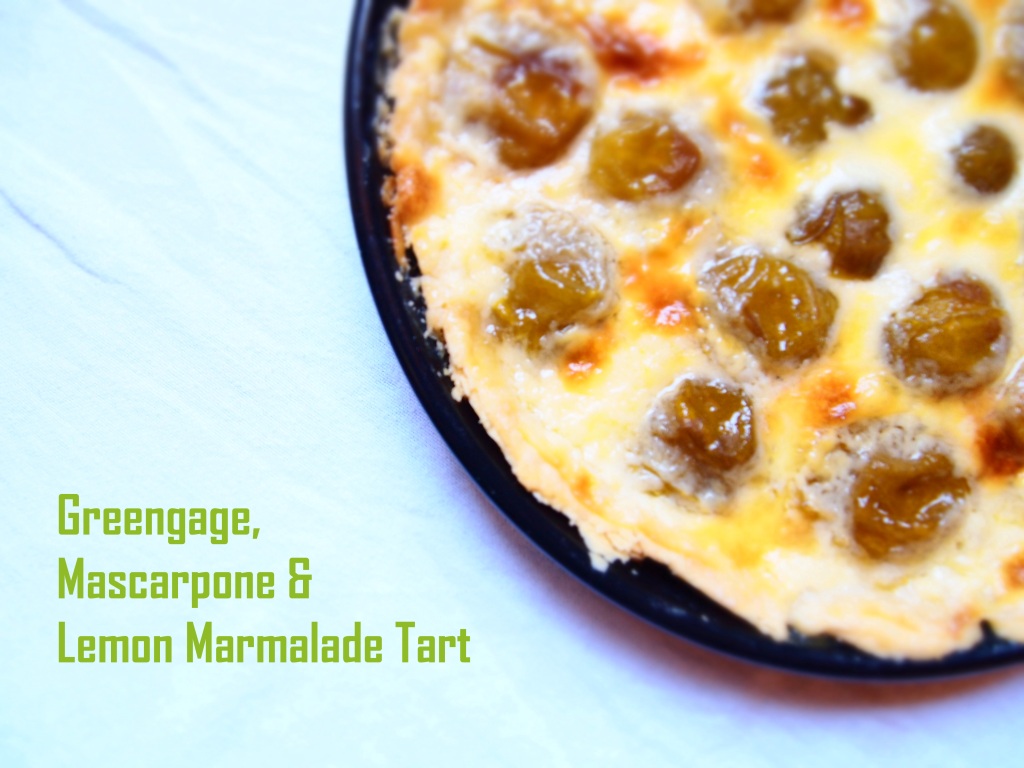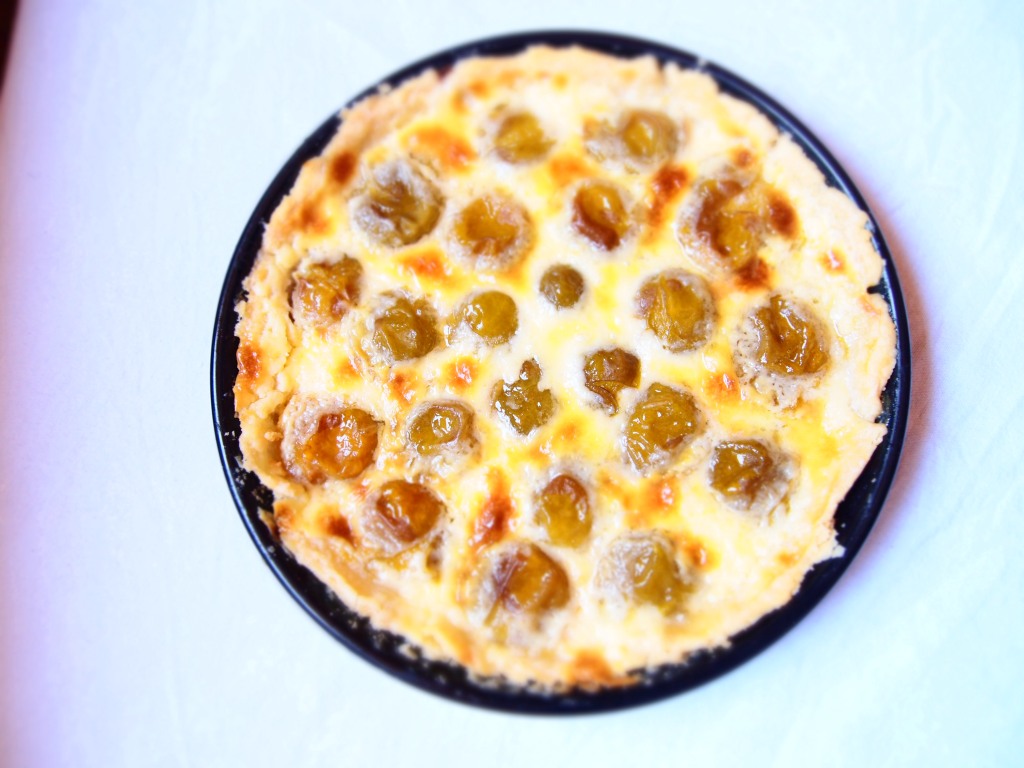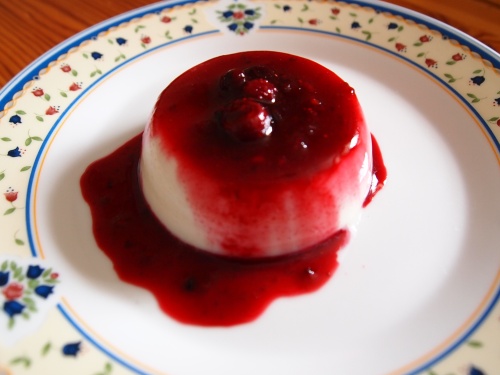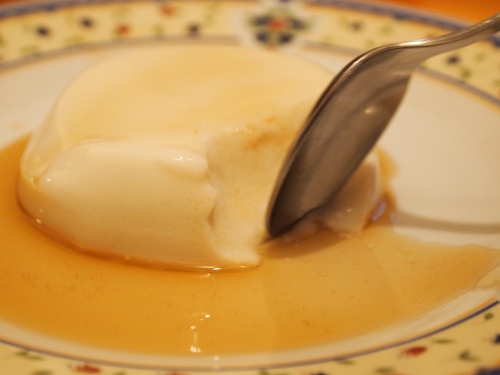The Greengage Summer
We live in an area of Switzerland, in the south-west, which is known for being one of sunniest cantons in the country. Although July was rather on the wet side, August is looking a lot more clement already, the sun is blazing outside and the mountains look beautiful in the bright light. This kind of climate is a paradise for growing soft fruit. We are right in the middle of apricot season and when you drive down into the valley, there are stalls selling apricots and any related products every two kilometres along the road. There is something incredibly nice about knowing that your fruit’s provenance is a stone’s throw away.
Other than apricots, there are greengages, called Reine Claude in French. Small, gorgeous, green and amazingly juicy. They are in season for such a short time, it would be a crime not to grab a punnet and enjoy them.
We had some left over and I couldn’t quite muster the strength to eat all fifteen of them in one go before they went off… imagine the stomach ache! So instead I came up with this recipe, a tart, with a shortcrust base, some indulgent mascarpone, lemon marmalade and of course, the succulent greengages.
Greengage, Mascarpone & Lemon Marmalade Tart
Ingredients
For the shortcrust pastry
125g plain flour
Pinch of salt
55g butter, cut into cubes,
2-3 tbsp of water
For the filling
Approx. 15 greengages, cut in half, stones removed
250g tub of mascarpone
2 tbsp of icing sugar
Lemon marmalade
Put flour and salt in large bowl and then add the butter. Using your fingers, rub the flour and butter together until you have a consistency similar to coarse breadcrumbs. Try and do this swiftly or else it will go greasy, I usually run my hands under the cold tap and then pat dry before starting so the butter doesn’t melt too fast.
Add a tbsp of water, the consistency will change immediately once you mix it in, add another tbsp and repeat. Add a third if needed. Now wrap dough in clingfilm and leave to rest in the fridge for 15 minutes.
Whilst the dough is resting, grease a 24cm tart tin.
After you’ve prepared the greengages, mix 2 tbsp of icing sugar into the mascarpone.
At this point, your dough will be ready, remove from clingfilm and roll out with a rolling pin onto a surface lightly covered with flour. Carefully place it in the tart tin and shape to fit. Chill in the fridge for 15 minutes.
Turn the oven on to 190 degrees.
When the 15 minutes are up, blind bake the case. Prick the pastry with a fork and then cover with greaseproof paper that fits the base. Place dried beans (I use chickpeas), dry rice, dry lentils or pie weights over the surface of the covering. Put in the oven and bake for 10 minutes.
Remove from the oven and let it cool for about 5 minutes. Then add the mascarpone, spreading it evenly. Place the greengages, cut side down, and then put a little marmalade on each of the halves of fruit.
Bake for 30 minutes on a shelf near the bottom of the oven. Once done, don’t take the tart out immediately as the filling will still be runny. I turn the oven off, open the door and pull the shelf out slightly. After a few minutes, you should be able to place it on the kitchen counter without any spills!
Let the tart cool & set completely before serving. Enjoy!










